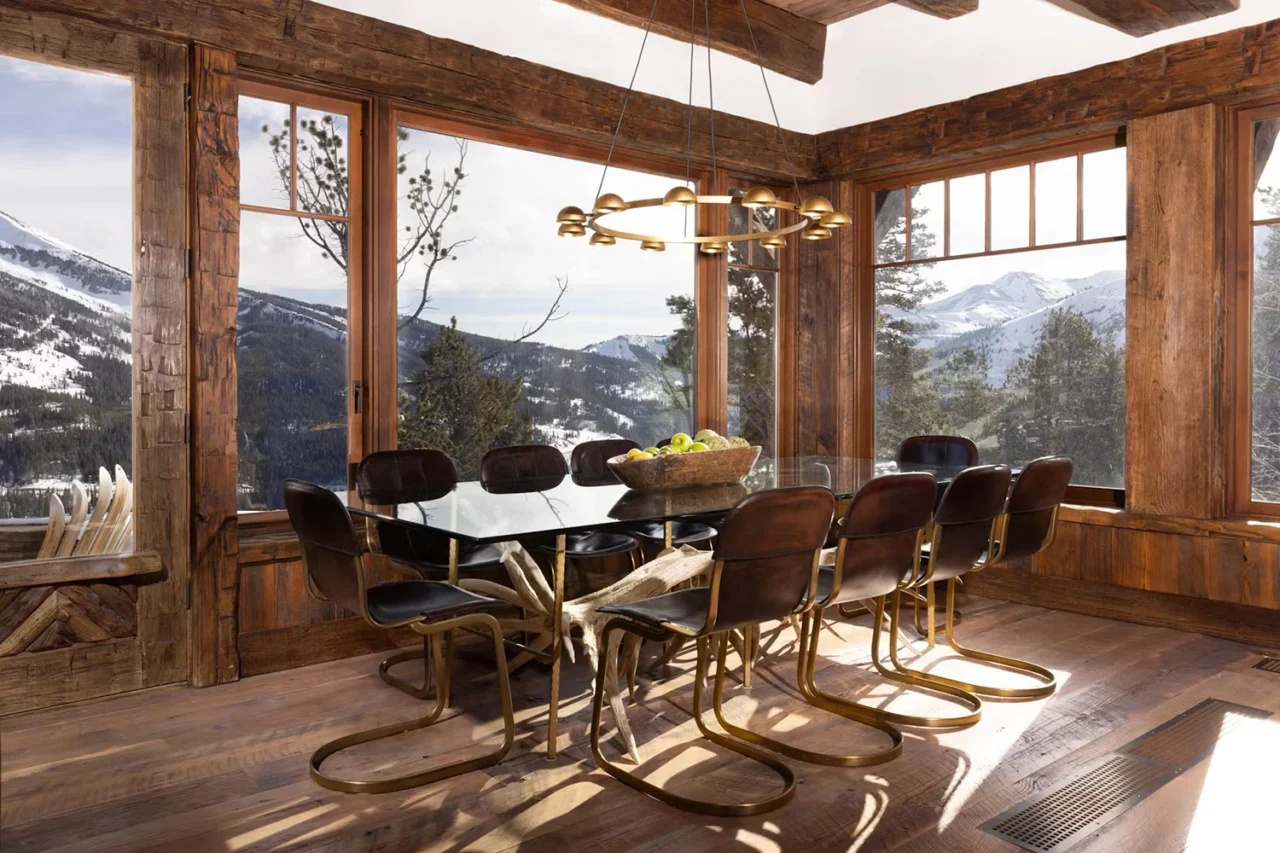Designing a mountain home is an invitation to embrace nature—not just outside the windows, but in the walls, floors, and furnishings themselves. One of the most powerful ways to create harmony between indoor comfort and outdoor majesty is through the use of natural materials. From rough-hewn timber beams to handcrafted wool textiles and locally quarried stone, natural materials bring texture, warmth, and authenticity to mountain interiors.
In this guide, we’ll explore the latest trends in natural materials for mountain homes, and how to incorporate them in ways that are beautiful, sustainable, and deeply connected to their surroundings.
Why Natural Materials Matter in Mountain Design
- Reflect the surrounding landscape
- Offer durability in harsh climates
- Provide visual and tactile warmth
- Contribute to healthy indoor air quality
Table: Natural Materials and Their Key Interior Uses
| Material | Best Use In | Aesthetic Qualities | Functional Benefits |
|---|---|---|---|
| Reclaimed Wood | Ceilings, floors, walls | Weathered, warm, textured | Sustainable, durable, low VOC |
| Natural Stone | Fireplaces, flooring | Rugged, organic, timeless | Retains heat, resists wear |
| Wool | Rugs, blankets, upholstery | Cozy, soft, insulating | Naturally flame-resistant, insulating |
| Leather | Chairs, sofas, accents | Rich, tactile, classic | Ages well, easy to clean |
| Clay Plaster | Walls, fireplaces | Matte, earthy, artisanal | Regulates humidity, non-toxic |
Trending Wood Finishes
- Live edge slabs for tables and counters
- Charred shou sugi ban siding for rustic-modern exteriors
- Whitewashed pine for bright, Scandinavian-influenced interiors
- Exposed ceiling beams in oak, fir, or reclaimed barn wood
Stone Applications for Rustic Elegance
- Dry-stack stone fireplaces
- Flagstone entryways
- Slate backsplashes or bathroom floors
- Boulders as built-in seating or steps
Integrating Textiles
- Use handwoven wool rugs and alpaca throws for layering
- Linen curtains to filter mountain light softly
- Sheepskin or faux fur for accent chairs and bench cushions
Sustainable Sourcing
- FSC-certified woods and forest-friendly lumber
- Locally quarried stone to reduce transportation emissions
- Non-toxic adhesives and sealants
Mixed Material Strategies
- Combine stone and wood in fireplace surrounds
- Use leather pulls on wood cabinetry
- Pair iron hardware with timber beams
Creating a Material Palette
Start with a core trio (e.g., oak, slate, and wool) and build around it with texture variation:
- Polished vs. raw finishes
- Rough stone with smooth plaster
- Warm wood against cool tile
Maintenance Tips
- Seal stone floors annually
- Treat wood with eco-friendly oils
- Vacuum wool rugs with care
- Protect leather from direct sunlight
Natural materials aren’t just design elements—they’re storytellers. They bring the rawness of the mountains indoors and create homes that feel rooted, grounded, and authentic. Whether you’re building a new chalet or updating a classic log cabin, focusing on natural materials will help you create a timeless, sustainable, and inspiring interior that celebrates the landscape it inhabits.

Leave a Reply